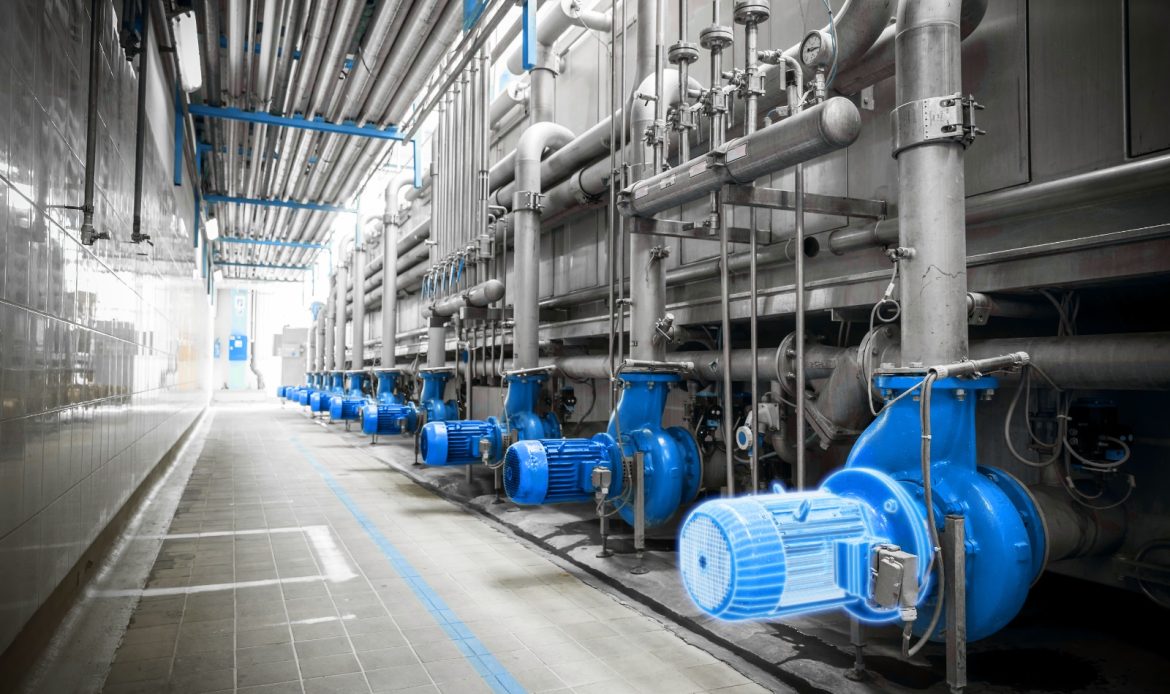
Motor monitoring systems are designed to improve efficiency, but surprisingly, they might be causing energy waste instead of preventing it. Despite significant investments in these technologies, many facilities discover their monitoring setups consume unnecessary power or fail to identify actual energy-saving opportunities.
This counterintuitive situation affects businesses across manufacturing, processing, and industrial sectors. Inefficient monitoring often stems from over-collection of data, poor integration with energy management goals, and overlooking critical power quality metrics. Throughout this guide, we’ll examine why traditional motor monitoring approaches fall short, how modern systems actually work, and the specific steps you can take to optimise your setup for genuine energy savings in 2025 and beyond.
Contents
Why motor monitoring systems can waste energy
Many organisations assume their motor monitoring systems automatically improve energy efficiency. However, without proper configuration and integration, these systems often contribute to energy waste rather than preventing it. The right approach to monitoring is crucial for achieving genuine energy savings.
Over-monitoring and unnecessary data collection
Continuous data collection from every motor in a facility consumes significant resources without necessarily providing actionable insights. According to industry experts, permanent monitoring of every motor is often impractical and inefficient. Traditional monitoring processes have typically been labour-intensive with questionable returns on investment.
The problem begins with excessive data gathering. Many monitoring systems collect vast amounts of information without clear purpose, creating a situation where maintenance teams become overwhelmed by non-critical alerts. This data overflow consumes computational resources, requires additional storage capacity, and ultimately wastes energy in the process of monitoring energy usage.
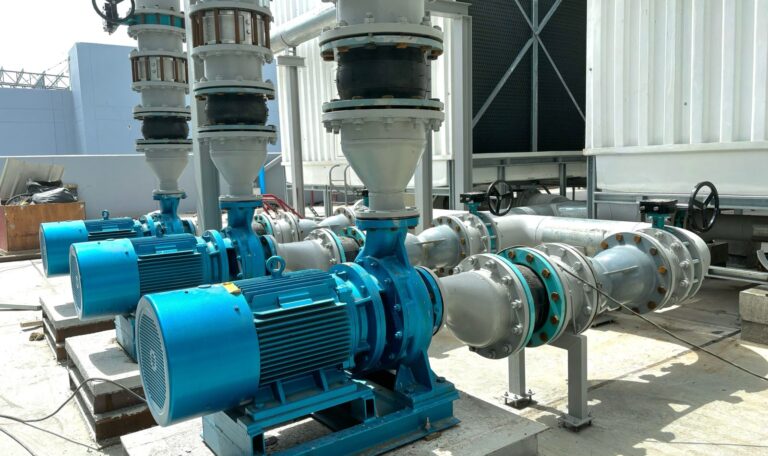
Furthermore, permanently installed monitoring systems capture extensive real-time and historical information throughout a motor’s life. Whilst this data can be valuable when properly analysed, many organisations fail to implement the analytical framework needed to translate raw data into energy-saving actions. Consequently, the energy consumed by the monitoring infrastructure itself becomes an overlooked source of waste.
Lack of integration with energy goals
Isolated energy-saving initiatives without proper integration can paradoxically increase overall energy consumption. Consider a manufacturing process where one manager reduces natural gas usage in the first dryer to meet energy-saving targets. This seemingly positive action might force subsequent electric dryers to work harder, resulting in higher total energy consumption and potential quality issues.
Effective energy reduction requires comprehensive planning and corporate-wide commitment rather than disconnected monitoring solutions. Motor monitoring systems must be fully integrated with broader energy management goals to avoid counterproductive outcomes. When monitoring exists in a silo, separate from production planning and maintenance strategies, it fails to deliver meaningful efficiency improvements.
Additionally, the social and administrative elements of comprehensive energy management are frequently overlooked. As highlighted by energy management experts, reducing consumption requires organisational change, not just passive technical solutions. Upper management must be committed to improving energy efficiency, with goals clearly communicated to everyone implementing changes or affected by them.
Ignoring power quality metrics
Perhaps the most significant oversight in many motor monitoring systems is the failure to track power quality metrics. Power quality problems cost industrial facilities in the United States approximately $119 billion annually. Similarly, 25 EU states suffer financial losses equivalent to $160 billion each year due to various power quality issues.
Critical power quality factors that affect motor efficiency include:
- Voltage imbalance, which is both a leading cause of motor failures and a major contributor to energy losses
- Operation at suboptimal voltage (running at 90% of rated nominal voltage decreases efficiency by approximately 2.5%)
- Harmonic distortion that produces counter-rotational currents
- Variations in system frequency
Many basic monitoring systems fail to detect these issues, allowing motors to operate inefficiently for extended periods. Degradation of power quality typically stems from intermittent loads and load variations from equipment like arc furnaces and industrial motors, creating disturbances such as surges, dips, and harmonic distortions.
Proper power quality monitoring requires equipment at multiple points throughout an electrical installation, ideally at the load level. Nevertheless, many facilities implement monitoring solutions without this comprehensive coverage, missing crucial opportunities for energy savings. Even in facilities with uninterruptible power supply (UPS) systems that protect against utility-side problems, internal issues generated by equipment power supplies often go undetected .
Monitoring systems that neglect these power quality dimensions miss the opportunity to identify motors operating uneconomically. Historical and real-time data on power quality factors is essential for pinpointing the root causes of energy waste.
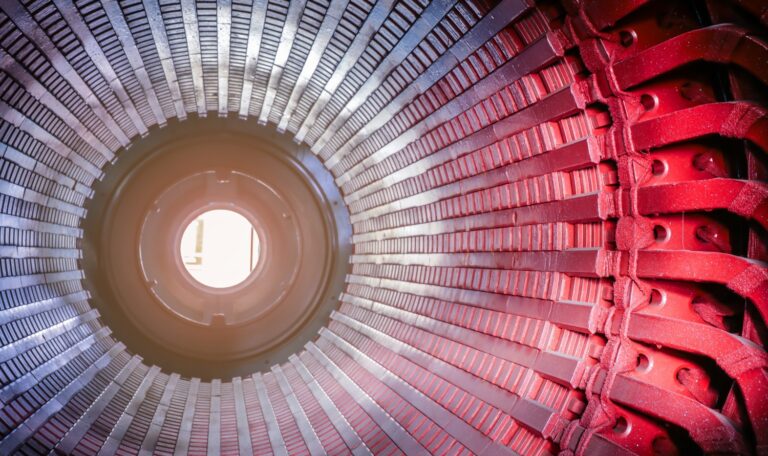
How motor monitoring systems work
Modern motor monitoring systems operate through a sophisticated network of sensors, thresholds, and data analysis tools. Understanding these components reveals how these systems can either enhance or hinder energy efficiency in industrial settings.
Sensors and data collection
At the core of every motor monitoring system lies a network of specialised sensors that continuously gather operational data. These typically include:
- Vibration sensors (accelerometers) that detect mechanical issues like misalignment, unbalanced loads, and bearing wear with sampling rates reaching up to 20 kHz
- Temperature probes monitoring both motor windings and bearings to prevent overheating
- Current clamps measuring electrical consumption across all three phases with sampling rates matching vibration sensors at 20 kHz
- Voltage taps tracking power quality metrics across phases
Sensor placement significantly affects monitoring effectiveness. For instance, vibration measurements often require accelerometers on both inboard and outboard motor bearings in horizontal, vertical, and axial directions. Similarly, partial discharge monitoring systems utilise coupling capacitors installed as close to the windings as possible for maximum sensitivity .
Data collection intervals vary based on monitoring needs. Some systems capture measurements every two minutes for electrical parameters and every five minutes for vibration . Each measurement may last between 15-60 seconds, generating substantial data volumes that require processing and storage.
Thresholds and alerts
Once real-time process information is gathered, monitoring systems establish thresholds that determine when to trigger alerts. These thresholds generally fall into two categories:
Static thresholds represent fixed values for acceptable performance parameters. For example, a server with CPU utilisation exceeding 90% might trigger an alert regardless of timing or context. While straightforward to implement, static thresholds require significant domain knowledge and manual configuration, making them impractical for environments with numerous metrics.
Dynamic thresholds, meanwhile, adapt based on historical performance. These systems learn normal operating patterns at different times of day, week, and month, automatically adjusting expectations. This approach enables thousands of thresholds to be monitored simultaneously without exhaustive manual tuning.
The most effective monitoring implementations often combine both approaches. For instance, a static threshold might establish a hard upper limit while dynamic thresholds adapt to normal operational variations, preventing false alarms from expected fluctuations.

Role of historical data
Historical data forms the foundation of effective motor monitoring, enabling pattern recognition and predictive capabilities. Systems typically store measurements over extended periods, creating baselines that help identify deviations from normal operation.
Through analysis of historical information, maintenance teams can:
- Identify recurring patterns that indicate developing problems
- Establish normal operating parameters for specific conditions
- Detect subtle changes that precede failures
- Optimise maintenance scheduling based on actual equipment performance
Historical trend analysis proves especially valuable for detecting gradual degradation. For instance, increasing vibration levels over time might signal bearing wear before catastrophic failure occurs. Likewise, monitoring temperature trends can reveal insulation breakdown or cooling system issues.
Importantly, historical data enables the system to differentiate between normal operational changes and genuine anomalies. Without this context, monitoring systems generate excessive false alerts that overwhelm maintenance teams and waste resources .
Common inefficiencies in traditional systems
Traditional motor monitoring approaches often undermine the very efficiency goals they aim to support. Despite technological advancements, many industrial facilities continue to struggle with outdated systems that consume more resources than necessary.
Redundant sensor setups
Excessive redundancy in sensor configurations frequently creates energy waste rather than enhancing reliability. In many industrial settings, multiple sensors monitor identical parameters, generating duplicate data that requires additional processing power and storage. This redundant approach stems from safety-critical applications where fail-safe operation is paramount 12.
Although redundancy serves important safety functions, unplanned implementations often lead to unnecessary energy consumption. For instance, when motion controllers use multiple load cells to measure a single process parameter, the system must continuously process and average all incoming signals. This computational overhead contributes to energy waste, particularly when sensors remain active regardless of whether equipment is operational.
The problem intensifies when engineers install redundant sensors without predicate monitoring—a situation where sensors collect and store data from inactive equipment, creating what industry experts call “empty data”. Moreover, when pumps share common headers, vibration crosstalk between units further complicates analysis, forcing systems to process meaningless signals.
Manual data interpretation
Traditionally, motor condition assessment has relied heavily on periodic manual inspections during planned outages. These labour-intensive processes typically involve visual checks for obvious issues such as physical damage, frayed connectors, or overheated components.
Unfortunately, this approach presents several critical limitations:
- Time intervals between inspections often prove insufficient to identify developing problems before failure occurs
- Maintenance activities frequently target healthy assets, increasing costs unnecessarily
- Human error introduces inconsistency in diagnostics and interpretation
- Analysis of collected data remains disconnected from operational context
In fact, plant equipment seldom fails due to age alone, with most failures occurring randomly without prior alerts. Consequently, maintenance teams find themselves drowning in non-essential information while missing critical indicators of potential failures. Even with automated data collection, many facilities struggle to transform raw data into actionable insights.
Delayed response to anomalies
Perhaps the most significant inefficiency in traditional monitoring approaches is the substantial delay between problem detection and corrective action. Weekly or monthly manual collection rounds mean problems can develop and worsen between inspections. By the time issues are identified, energy waste has already occurred, and in many cases, damage has progressed beyond simple correction.
The conventional “run-to-failure” approach proves particularly wasteful. Motors operate until complete breakdown, requiring unplanned maintenance and emergency replacements. This reactive stance necessitates maintaining extensive spare motor inventories, further increasing operational costs.
Indeed, time-critical scenarios demand rapid detection and response capabilities, yet traditional systems typically process anomalies with significant delays. Even advanced systems may require up to 177 milliseconds to detect anomalies—a timeframe that can prove too slow for preventing energy waste or equipment damage in critical applications.
Energy-based monitoring: A smarter approach
Energy-based monitoring represents a fundamental shift from traditional approaches, focusing directly on power consumption patterns to identify issues before they cause equipment damage or energy waste. This method offers clear advantages by prioritising efficiency metrics as the central measurement point.
Real-time energy consumption tracking
Real-time energy monitoring provides minute-by-minute visibility into motor performance, enabling immediate identification of unusual usage patterns. Unlike conventional systems that rely primarily on mechanical measurements, energy-based platforms track actual power consumption, creating accountability through instant feedback. When abnormal consumption occurs, these systems can trigger text messages, emails, or automated phone calls according to user preferences, enabling rapid response to developing issues. This immediate awareness naturally fosters responsible energy usage throughout an organisation.
The benefits extend beyond simple alerts. Comprehensive monitoring platforms can connect various devices including metres, sensors, and gateways to centralise data for electricity, gas, water, and other utilities. These systems dynamically adjust energy use based on real-time analytics to maximise efficiency and align operations with sustainability goals.
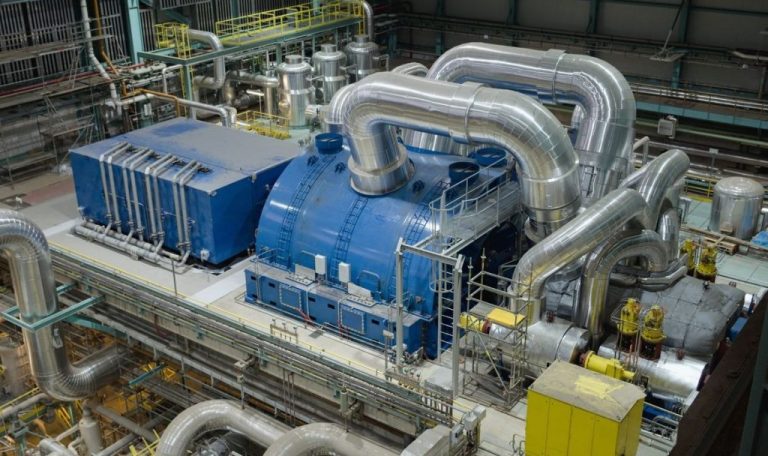
Detecting voltage imbalance and harmonics
Voltage imbalance—differences between phase voltages in three-phase systems—stands among the most common and costly power quality issues in industrial settings. Energy-based monitoring detects these imbalances before they damage equipment, providing a crucial early warning system. This proactive identification matters because a motor operating with just one percent voltage unbalance has half the life expectancy of the same motor at balanced voltages.
Likewise, harmonic distortion can decrease motor efficiency by up to 30%. These higher-frequency components of voltage and current create counter-rotational forces that produce heat without delivering useful work. Energy-based systems track both voltage imbalance and harmonic content, identifying inefficiencies that traditional monitoring might miss.
Using power factor to identify inefficiencies
Power factor essentially measures energy efficiency, expressed as a percentage ratio between working power (kW) and apparent power (kVA). The lower this percentage, the less efficient the power usage becomes. Motors operating below 95% power factor are considered inefficient in many regions.
Notably, power factor decreases significantly when motors run under-loaded—typically when load falls below 70% of rated capacity. This relationship makes power factor an excellent indicator of motor sizing issues. Through continuous monitoring of power factor, energy-based systems can identify motors that are substantially oversized for their applications, presenting straightforward opportunities for efficiency improvements.
Steps to optimise your system in 2025
Implementing an effective motor monitoring system requires methodical planning and execution. By following these steps, industrial facilities can significantly reduce energy waste and improve operational efficiency by 2025.
Audit your current monitoring setup
Initially, conduct a comprehensive assessment of existing monitoring infrastructure. Identify redundant sensors that collect duplicate data, which increases computational overhead without adding value. Check if your system monitors power quality metrics, as voltage imbalance of just one percent can halve motor life expectancy. This audit should evaluate whether monitoring aligns with overall energy goals rather than existing in isolation.
Switch to energy-focused platforms
After identifying gaps, transition to platforms that prioritise energy consumption metrics. Modern systems like GridPoint’s asset monitoring can detect underperforming equipment early, preventing costly emergency repairs. The best platforms integrate real-time energy tracking with power quality monitoring, identifying issues such as harmonic distortion that can decrease efficiency by up to 30%. Choose solutions that provide appropriate alerts through SMS, email, or in-app notifications to avoid notification fatigue.
Integrate with predictive maintenance tools
Finally, connect your energy monitoring with predictive maintenance capabilities. Systems utilising machine learning algorithms can analyse vibration and temperature data to forecast equipment issues before they cause failures. Properly functioning condition-based maintenance programmes deliver savings of 8-12% over traditional preventive approaches. Additional benefits include maintenance cost reductions of 14-30% and downtime reductions of 20-45%, alongside production improvements of 15-25%.
Motor monitoring systems hold tremendous potential for energy savings, though their implementation often determines whether they become assets or liabilities. Undoubtedly, traditional approaches frequently waste more energy than they save through excessive data collection, siloed operations, and neglect of critical power quality metrics.
Energy-based monitoring stands out as the superior alternative for facilities serious about efficiency. This approach focuses directly on consumption patterns rather than simply collecting mechanical data, allowing immediate identification of issues like voltage imbalance and harmonic distortion that silently drain resources.
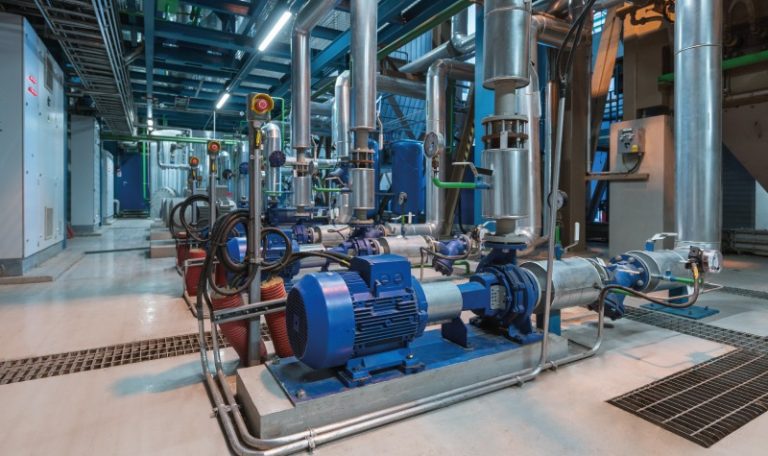
Most importantly, optimising your monitoring system requires a structured approach. Start with a thorough audit of current setups, followed by strategic implementation of energy-focused platforms. Teams need proper training to interpret data effectively, otherwise even the best monitoring systems become expensive data collectors rather than efficiency tools.
The future of industrial energy efficiency depends on integrating these monitoring systems with broader predictive maintenance strategies. Facilities that make this transition can expect maintenance cost reductions of 14-30% alongside significant production improvements.
The evidence speaks clearly – motor monitoring systems themselves consume energy, therefore they must deliver genuine efficiency improvements to justify their existence. Motor efficiency directly impacts your bottom line, environmental footprint, and equipment lifespan. Properly implemented, these systems become powerful allies in energy conservation; poorly deployed, they become part of the problem they claim to solve.
Take time now to evaluate whether your monitoring approach truly serves your efficiency goals. After all, the most sophisticated monitoring system proves worthless unless it translates data into actionable insights that save energy, reduce costs, and extend equipment life.





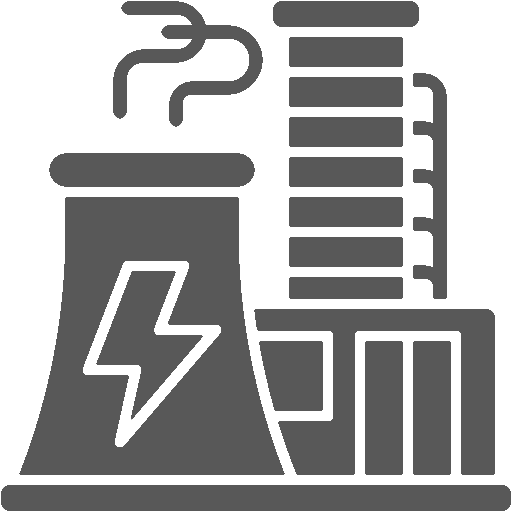
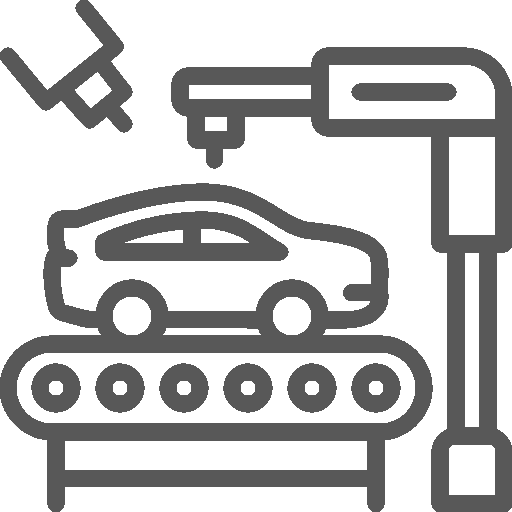




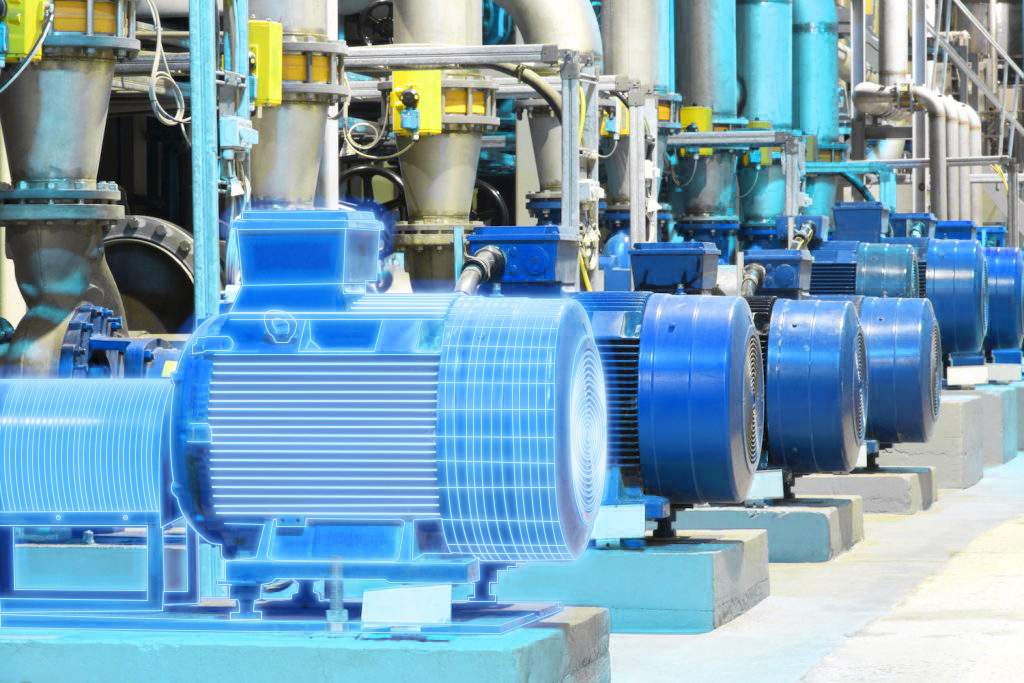
 White Papers
White Papers Case Study
Case Study Documents
Documents Webinars
Webinars Events
Events ROI Calculator
ROI Calculator FAQ
FAQ